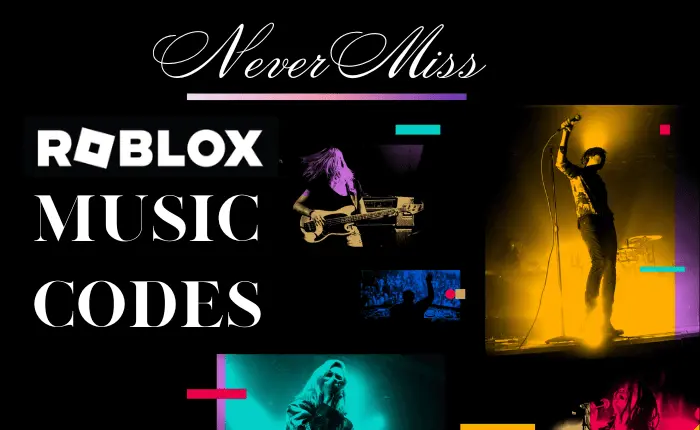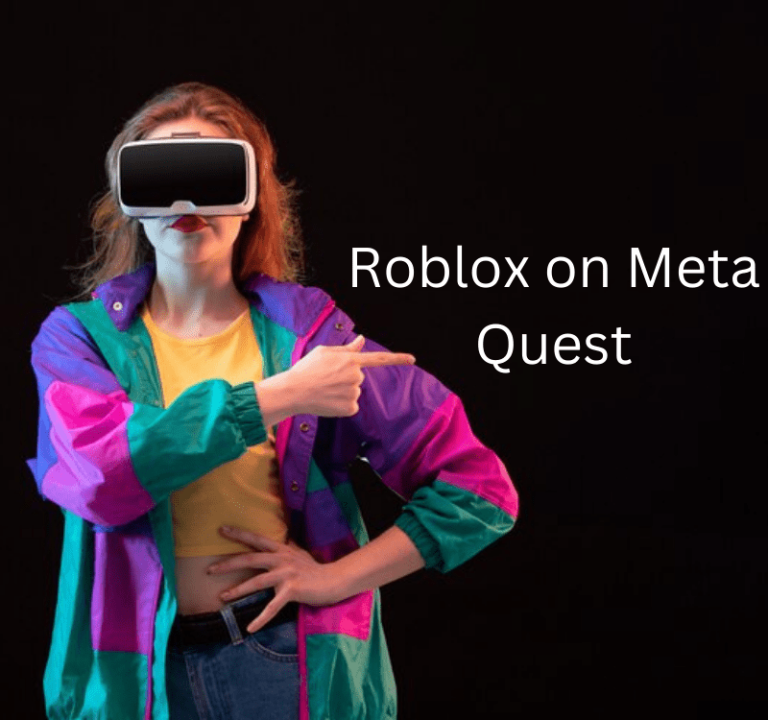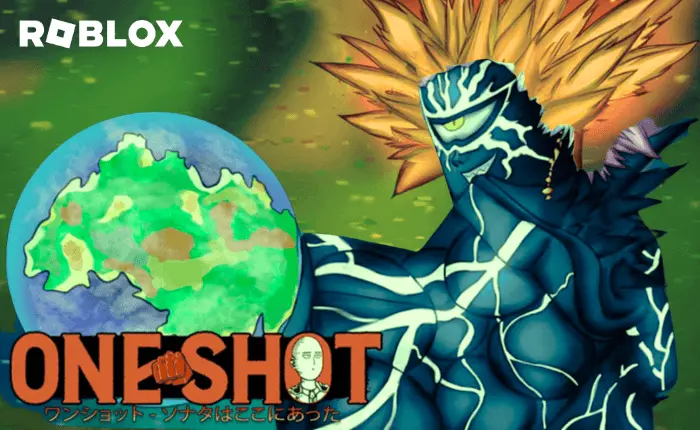Unveiling the History of Roblox
Imagine a virtual universe with over 200 million monthly active users, where creativity meets immersive gameplay. More than just a game, Roblox is a revolutionary platform that empowers users to be both players and creators. It is a digital playground, offering a vast library of user-designed games across countless genres. From heart-pounding hobby challenges to role-playing adventures and virtual hangouts, the possibilities are truly endless.
But Roblox doesn’t stop at providing top-notch entertainment. It fosters a vibrant community of young gamers and aspiring developers. The platform boasts a user-friendly coding language called Lua, allowing users to transform their ideas into playable experiences. This unique blend of immersive gameplay and accessible creation tools fuels Roblox’s success. It empowers young minds to explore the world of game development, fostering a generation of tech-savvy creators who are shaping the future of online entertainment.
As we delve into the history of Roblox, we’ll uncover a fascinating narrative of innovation and community. From its early days as a digital construction kit to its current status as a global phenomenon, Roblox’s journey reflects the power of user-generated content and the boundless potential for online creativity. Join us on this expedition as we explore the evolution of a platform that’s not just a game, but a world built by millions.

Importance and popularity of Roblox: A Gaming and Creation Powerhouse
Roblox boasts an undeniable presence in the online gaming world. Here’s a breakdown of its importance and popularity:
Early History of Roblox
Founding of Roblox Corporation (Late 1980s – 2004)
The story of Roblox’s creation stretches back to the late 1980s with the establishment of the Knowledge Revolution by David Baszucki. This software company focuses on educational tools, particularly physics simulations like Interactive Physics. This early foray into building virtual environments with realistic physics interactions likely planted the seeds for Roblox’s future direction. In 1998, Knowledge Revolution was acquired by MSC Software for an impressive undisclosed sum (reportedly in the tens of millions). This provided valuable resources and experience for Baszucki’s next venture.
Development of the Roblox Platform (2004 – 2006)
2004 marked a turning point with the founding of Roblox Corporation by Baszucki and his colleague Erik Cassel. Their initial project, codenamed DynaBlocks (later christened Roblox), began as a closed beta undergoing rigorous testing and refinement throughout the year. This early version focused on digital construction, allowing a limited group of users to build virtual worlds with block-based components, similar to a digital Lego set.

Initial Features and Functionalities (2004 – 2006)
These early iterations of Roblox offered a core set of functionalities that laid the groundwork for its future success:
By September 1, 2006, Roblox officially launched, opening its doors to a wider audience. These initial features, while simple, established the core identity of Roblox – a platform where users could not only play and explore but also build and share their creations with a growing community. This early history highlights the platform’s evolution from a digital construction kit to a breeding ground for user-generated content and the foundation of a thriving online community.
Milestones and Key Developments
It refers to significant events or advancements that had a major impact on its growth and 0evolution.
Here’s a breakdown of the terms:
Together, Milestones and Key Developments paint a picture of how Roblox has grown and changed over time. They highlight the most important moments that shaped the platform into what it is today.
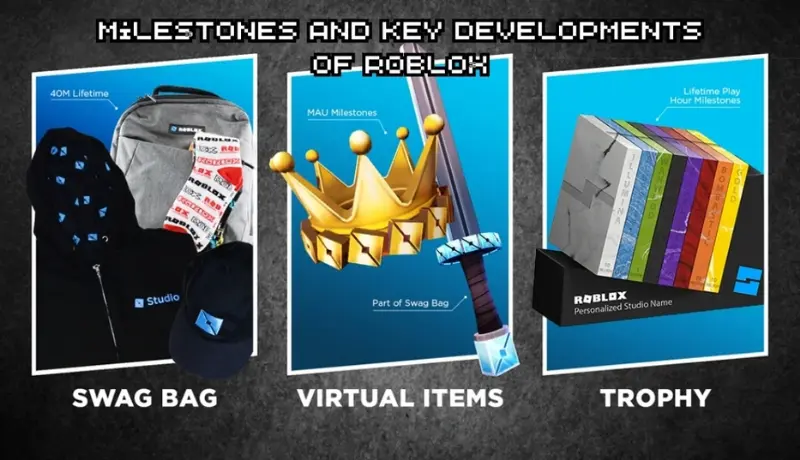
Launch of Roblox Studio (2006)
Following its official launch in September 2006, Roblox took a major step towards user-generated content with the introduction of Roblox Studio in the same year. This marked a crucial milestone, transforming Roblox from a simple construction kit to a platform where users could not only play but also design and build entire virtual worlds and experiences.
Introduction of Virtual Currency (Robux) (2007)
In 2007, Roblox introduced its virtual currency, Robux. This in-game currency allowed players to purchase a variety of cosmetic items for their avatars, such as clothing, accessories, and animations. This economic system incentivized content creation, fostered a sense of ownership among developers, and provided players with more ways to personalize their avatars.
Expansion to Multiple Platforms (2010s)
Originally a PC-based platform, Roblox recognized the growing mobile gaming market and expanded to iOS devices in 2012 and Android in 2014. This strategic move significantly increased its user base, making Roblox accessible to a wider audience on the go. The platform’s reach was further extended in 2016 with its introduction on Xbox One, followed by PlayStation 4 in 2018. This multi-platform availability solidified Roblox’s position as a dominant force in the online gaming world, catering to a diverse range of players across different devices.
Introduction of Builders Club and Premium Memberships (2012 – Present)
In 2012, Roblox introduced a tiered membership system, starting with Builders Club. This subscription service offered users benefits like increased daily Robux earnings, the ability to sell in-game items, and access to exclusive features within the platform. In 2019, Roblox revamped its membership system, introducing Roblox Premium.
These milestones and key developments represent significant turning points in Roblox’s history. They highlight the platform’s evolution from a basic construction kit to a multifaceted platform fostering user-generated content, a virtual economy, and a thriving online community accessible across various devices.
Roblox Takes Center Stage: Growth and Expansion

Emergence of User-Generated Content (2006 – Present)
The launch of Roblox Studio in 2006 marked a turning point, unleashing a wave of user-generated content (UGC) that continues to define Roblox today. With user-friendly creation tools, a vast library of assets, and the Lua programming language, a new breed of creators emerged. These passionate individuals began crafting an immense variety of games, experiences, and virtual worlds, transforming Roblox from a simple construction kit into a dynamic and diverse platform. This explosion of UGC fueled player engagement and retention, as users were constantly presented with fresh experiences and genres to explore.
Rapid Increase in User Base and Player Engagement (2010s – Present)
Fueled by the power of UGC and strategic expansion to mobile and console platforms, Roblox witnessed a meteoric rise in its user base.
2012: Boasts over 1 million daily active users.
Additionally, Roblox fosters high player engagement, with users spending a significant amount of time exploring the diverse experiences offered.
Partnerships with Major Brands and Developers (2010s – Present)
Roblox recognized the power of collaboration and began forging partnerships with major brands and developers. Here are some notable examples:
These partnerships broadened the appeal of Roblox, attracting new demographics and showcasing the platform’s potential for immersive and diverse experiences.
Establishment of Roblox Developer Exchange (DevEx) (2016 – Present)
In 2016, Roblox launched the Developer Exchange (DevEx) program. This incentivized content creation and empowered developers to potentially earn a living by building engaging experiences on the platform. DevEx has fostered a thriving community of professional game developers within Roblox, contributing significantly to the platform’s high-quality user-generated content.
These aspects of Roblox’s growth and expansion showcase its transformation into a global phenomenon. The platform thrives on user-generated content, a passionate community, and strategic partnerships, all contributing to an ever-evolving virtual world that continues to captivate millions.
Community and Culture in Roblox

Rise of User-Created Games and Experiences (2006 – Present)
The launch of Roblox Studio in 2006 unlocked a treasure trove of user-generated content (UGC) that continues to define Roblox’s vibrant community. This isn’t just about playing pre-made games; it’s about exploring a constantly evolving library built by a passionate community of creators. Imagine anything from heart-pounding obby obstacle courses to social hangouts in virtual nightclubs or even role-playing adventures where you can become a doctor, a fashion designer, or even a superhero. This diversity fuels engagement and fosters a sense of ownership within the community, as players can not only enjoy these experiences but also contribute their own creations.
Influence of Roblox on Online Gaming Culture (2010s – Present)
Roblox has undeniably left its mark on online gaming culture. Here are some key influences:
Role of Roblox in Fostering Creativity and Collaboration (2006 – Present)
Roblox is a playground for creativity. Here’s how it fosters creative expression:
Technological Advancements in Roblox
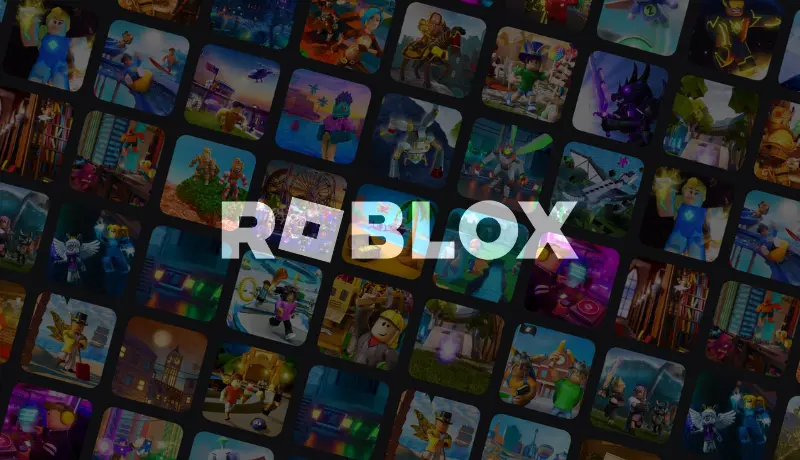
Evolution of the Roblox Engine and Platform Architecture (2004 – Present)
Since its inception, Roblox has undergone significant advancements in its core engine and platform architecture. Here’s a glimpse into this evolution:
These advancements ensured Roblox could handle the ever-growing user base and the increasing complexity of user-generated content.
Integration of Advanced Scripting Languages (Lua) (2006 – Present)
Roblox Studio utilizes Lua, a lightweight scripting language known for its ease of use and versatility. While Lua offers a gentle learning curve for beginners, it also allows experienced programmers to create complex functionalities within their games. Here’s how Lua empowers creators:
The integration of Lua plays a crucial role in empowering the Roblox community and fostering a generation of young game developers.
Introduction of Advanced Rendering Techniques (2010s – Present)
Roblox has steadily improved its graphical capabilities over the years. While maintaining its signature blocky aesthetic, the platform now incorporates advanced rendering techniques like:
These advancements contribute to a more immersive and visually appealing experience for players, further enhancing the overall enjoyment of Roblox.

Adoption of Virtual Reality (VR) and Augmented Reality (AR) Technologies (2010s – Present)
Roblox is actively exploring the potential of VR and AR technologies. While VR integration is still in its early stages, limited beta programs have allowed users to experience Roblox in a virtual reality setting. Here’s a glimpse into the future:
The adoption of VR and AR technologies holds immense potential for the future of Roblox, pushing the boundaries of user experience and blurring the lines between the digital and physical worlds.
These technological advancements have been instrumental in transforming Roblox from a simple construction kit into a powerful platform capable of supporting a vast array of user-generated experiences. As Roblox continues to evolve, we can expect even more exciting innovations that will further shape the future of online gaming and entertainment.
Challenges and Controversies in Roblox
While Roblox boasts a vibrant community and impressive growth, it hasn’t been without its share of challenges and controversies. Here’s a look at some key concerns:
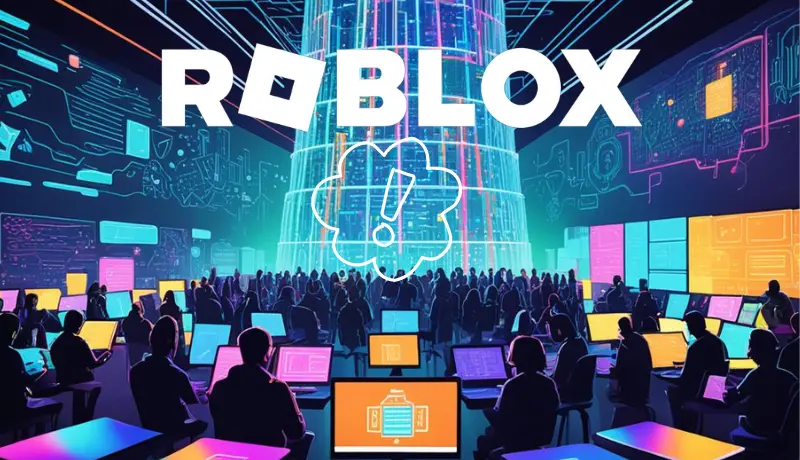
Issues with Moderation and Safety Concerns
One of the biggest challenges for Roblox is maintaining a safe and secure environment for its massive user base, particularly its younger demographic. Here are some specific concerns:
Copyright Infringement and Intellectual Property Disputes
The freedom of user-generated content can sometimes lead to copyright infringement. Here’s how it plays out:
Challenges in Maintaining a Balance Between Safety and Freedom of Expression
Roblox strives to strike a delicate balance between protecting users, especially children, and allowing for creative freedom within user-generated content. Here’s the dilemma:
Legal Battles and Regulatory Scrutiny
As Roblox continues to grow, it attracts the attention of regulatory bodies. Here are some potential issues:
Thriving in the Present
The Current State of the Roblox Platform (as of April 28, 2024)
Roblox continues to reign supreme as a dominant force in the online entertainment space. Here’s a glimpse into its current state:
Recent Developments and Updates (as of April 28, 2024)
Here are some exciting developments that showcase Roblox’s commitment to growth:
The Impact of the COVID-19 Pandemic (2020-2021)
The COVID-19 pandemic significantly impacted the online entertainment landscape, and Roblox was no exception:
Looking ahead, Roblox is poised for continued growth and innovation. With its massive user base, thriving community, and commitment to technological advancements, Roblox remains a major player in the ever-evolving world of online entertainment.
The Future Outlook of Roblox
Roblox has carved a unique niche in the online entertainment space. But what does the future hold for this vibrant platform? Here’s a glimpse into potential directions for growth and innovation:
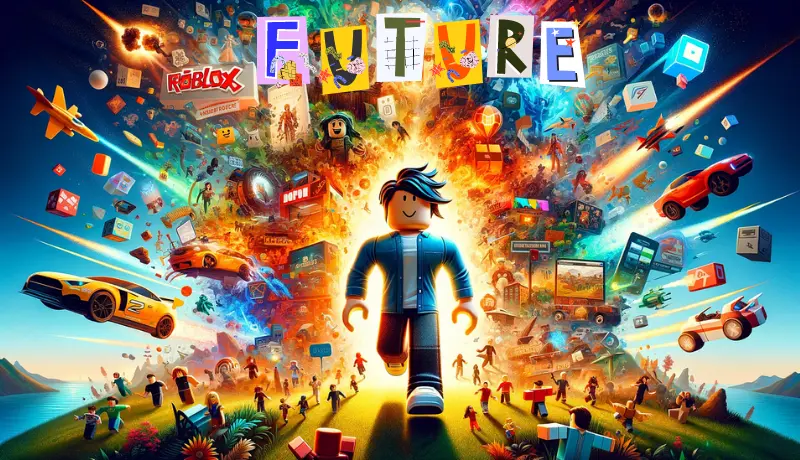
Potential Directions for Growth and Innovation
Expansion into New Markets and Demographics
Roblox isn’t limited by geography or age. Here are some potential areas for expansion:
Challenges and Opportunities in the Evolving Gaming Industry
The gaming industry is constantly evolving, and Roblox needs to be adaptable:
Vision for the Future of Roblox: Creativity and Social Interaction
Looking ahead, Roblox has the potential to be much more than just a gaming platform. Here’s a possible vision for its future:
By embracing innovation, expanding its reach, and prioritizing a safe and inclusive environment, Roblox is well-positioned to shape the future of online entertainment and empower a generation of creators and social connectors.
Conclusion
From humble beginnings as a digital construction kit in the late 1980s, Roblox has blossomed into a global phenomenon. The 2006 launch of Roblox Studio, empowering users to create their games, ignited a wave of user-generated content that continues to define the platform today. Strategic expansion to mobile and consoles solidified Roblox’s reach, while programs like DevEx fostered a thriving community of developers.
Roblox’s impact on the gaming industry is undeniable. It democratized game development through user-generated content, inspiring a generation of young creators. Beyond traditional gaming, Roblox emphasizes social interaction through virtual hangouts, role-playing, and in-game communication. The introduction of Robux created a complex virtual economy, influencing online gaming platforms worldwide.
The dedication of both developers and players is the lifeblood of Roblox. Developers deserve immense credit for building the experiences that keep players engaged. The vibrant player community, who explore, create, and connect within Roblox, provide constant feedback and fuel the platform’s evolution.
Looking ahead, Roblox’s potential is vast. Its virtual world elements and user-generated content position it as a leader in the emerging metaverse. Beyond gaming, Roblox could become a hub for creativity and social interaction. With its focus on innovation, inclusivity, and user empowerment, Roblox is poised to shape the future of online entertainment and leave a lasting legacy.


